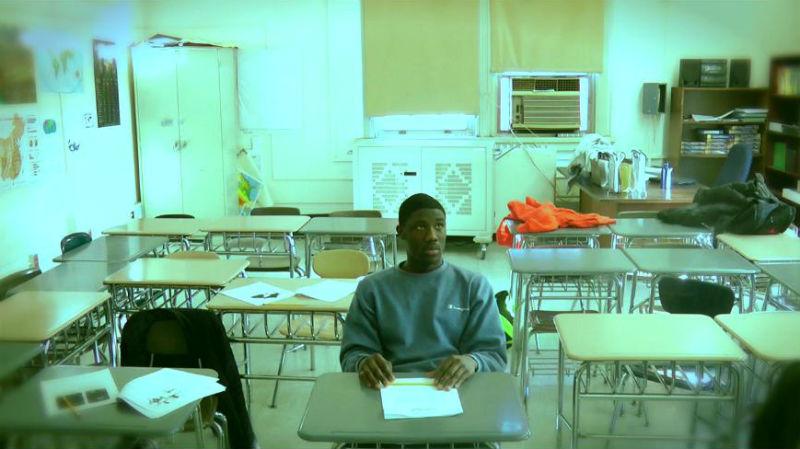New York State's Department of Education released about half of the questions that were used on this year's math and English tests, allowing the public to see what kinds of items were on the controversial Common Core tests. But the actual test scores won't be released until later this month.
This is the second year in a row in which New York has given elementary and middle school students tests aligned with tougher new Common Core learning standards. When the tests were given last year, the number of students deemed proficient plunged to just 31 percent statewide. Many educators thought the tests were too hard. This year, a chorus of teachers again criticized the tests for including too many tricky questions.
We have posted a few examples of the test questions below, and you can see all of the questions and answers the state has released at this link.
Some academics who looked at these questions and answers on Wednesday agreed some of them were indeed difficult. "I'm a little surprised at the kind of language, the kind of grammatical structures, the kind of vocabulary that was in many of them," said Jenny Tuten, an associate professor of literacy education at Hunter College, who reviewed the fourth grade English Language Arts exam questions.
Tuten is a supporter of the new Common Core standards, but she said a reading passage called "Lawn Boy" (some of which we posted below) required kids to draw a lot of inferences. One of the questions about this passage asked how the narrator changed from the beginning to the end, and gave four possible answers: From patient to hurried; from uncertain to confident; from curious to nervous; from determined to grateful.
"Just being able to identify a change is a kind of sophisticated thinking about a short story and then being able to determine which of those pairs of words is correct, that's hard," said Tuten. "It's a lot of thinking if you don't understand what all those adjectives mean."
April Rose, a third grade teacher at P.S. 132 in Queens, thought the math and English tests were fair overall. But she said the questions that were released to the public on Wednesday didn't include some of the toughest ones.
"There were challenging words like chronometer," she recalled. "So that's why I do wish they had added on one or two of the harder questions."
Rose is a member of the group Educators4Excellence, which supports the standards overall but has raised questions in the past about whether teachers were given adequate preparation.
The state released more questions this year following widespread criticism in 2013, when it released only a quarter of the test questions for public scrutiny. Teachers complained that was fewer than in previous years. State Education Commissioner John King promised to release more of them this year.
"We've listened to New York State educators make the case that having more test questions available would benefit our kids so we've doubled the number and provided a thorough explanation for every student response," he said, in a statement to reporters.
Jonathan Supovitz, an associate professor at the University of Pennsylvania's Graduate School of Education, said it's typical for states not to release all of their test questions because they have invested so much in these exams. He noted that the fourth math questions appear in sync with state standards calling for students to learn fractions and place value. But "seeing individual items is just showing you little pieces of the macro structure," he cautioned, and doesn't explain how much weight will be given to them in the scoring process.
Here are some sample questions, two English and two math, from this year's fourth grade tests, with explanations of their answers and related standards. Courtesy of New York State Education Department.

